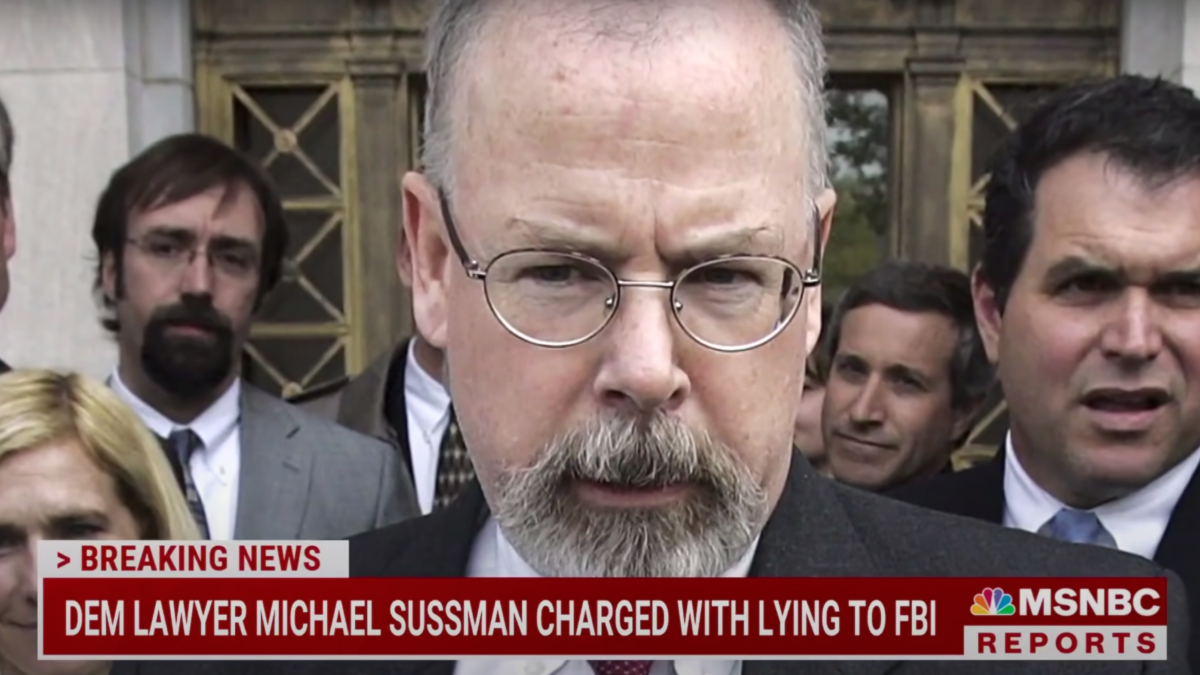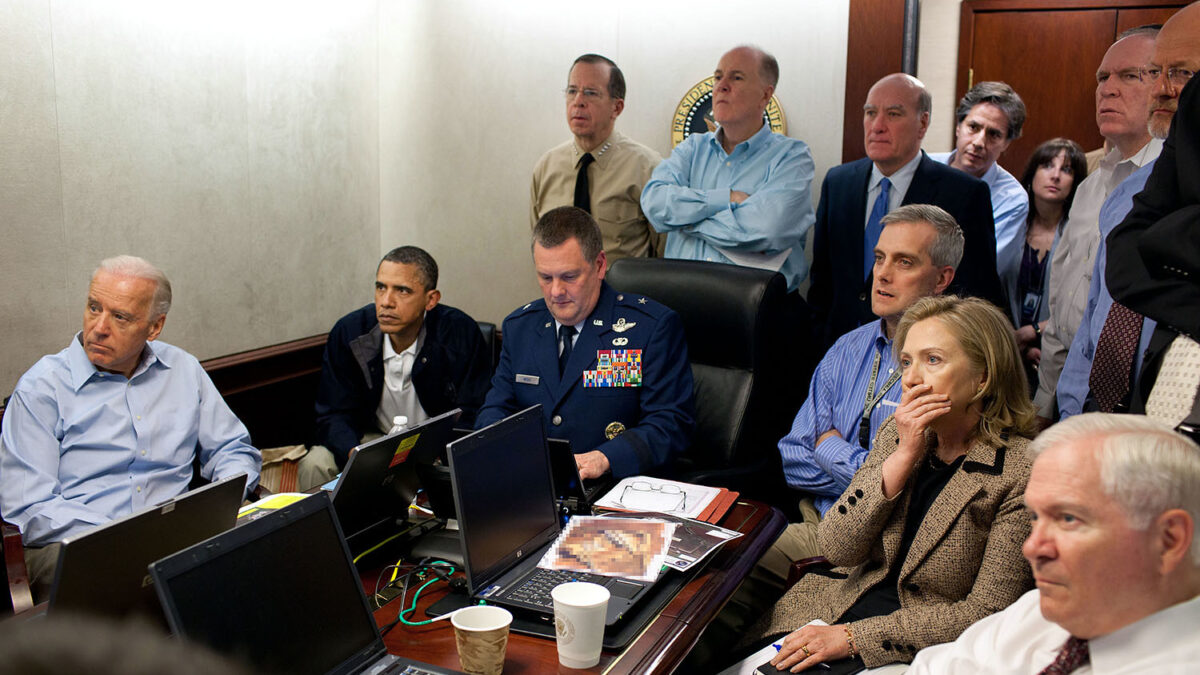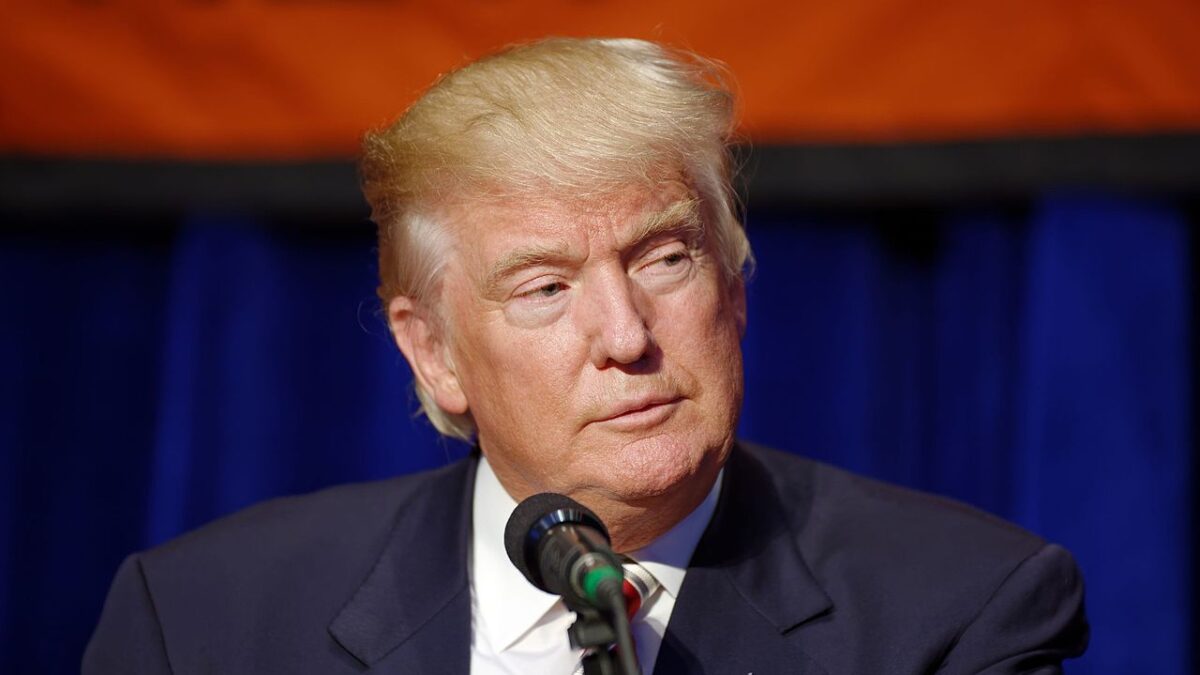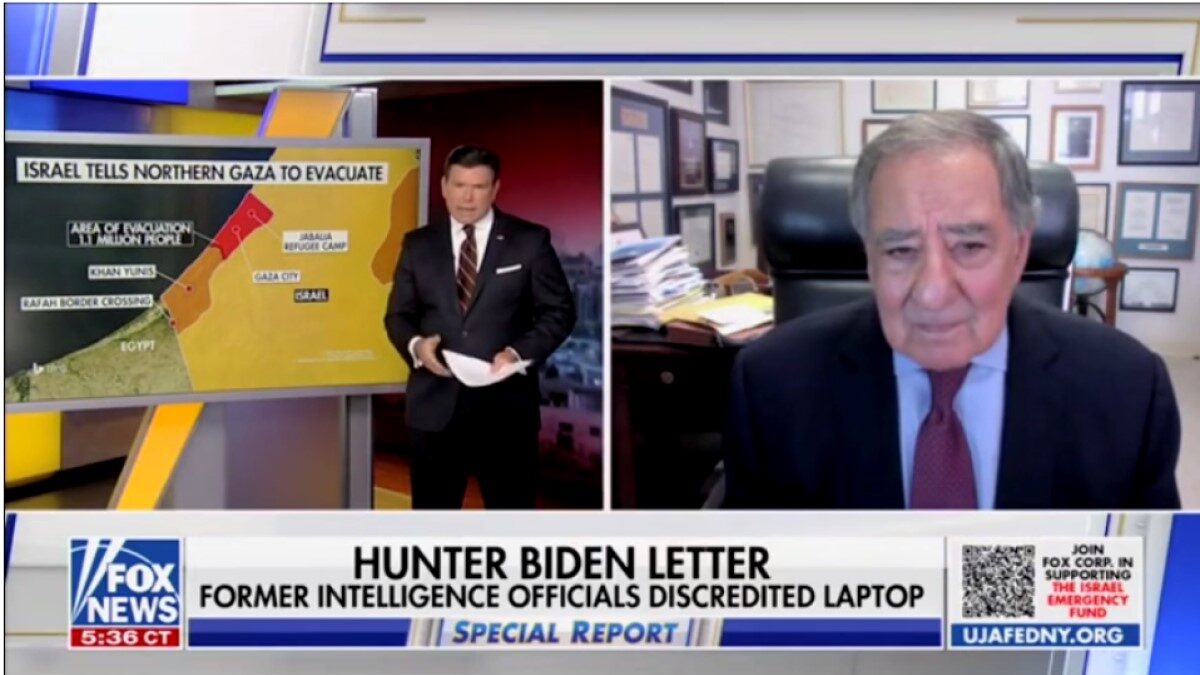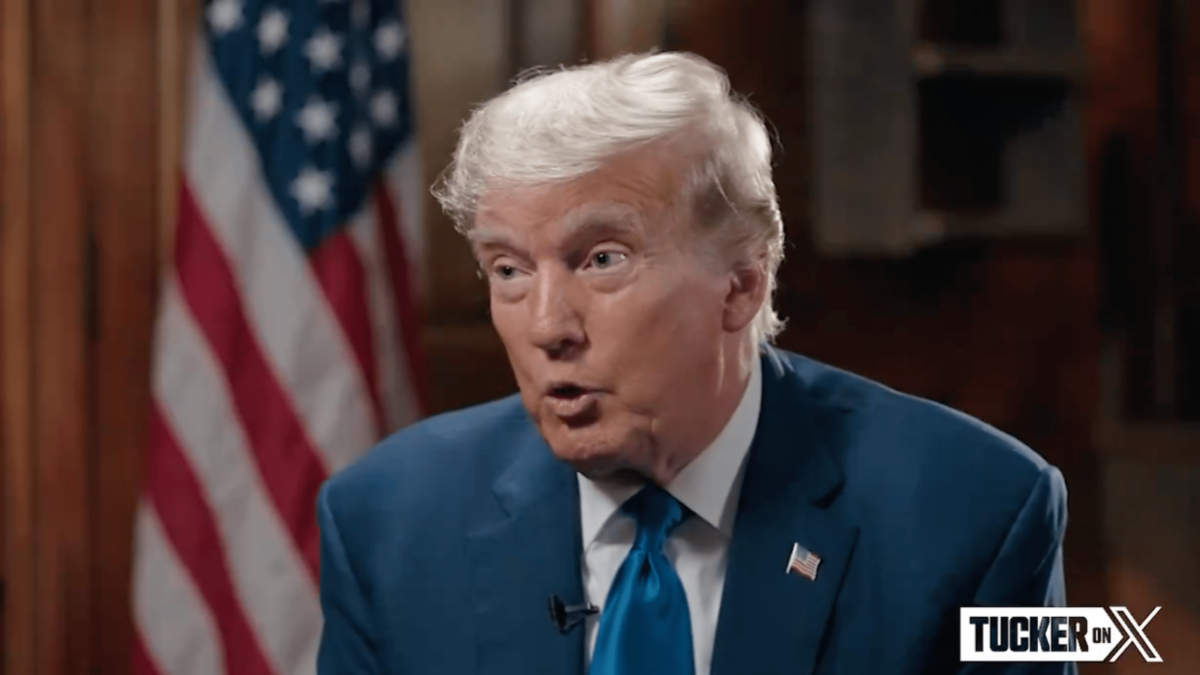The Crossfire Hurricane and Robert Mueller Special Counsel teams undisputedly had a problem with confidential human sources, or “CHS.” The question remains whether John Durham’s team also has a problem — with double-standards.
Yesterday, The Federalist reported that on Friday a federal judge concluded, “[D]ocuments suggest that Stefan Halper ‘may have made clear misstatements to the FBI’ and may be responsible for ‘some falsehoods’ about Michael Flynn and Svetlana Lokhova…” The judge’s comments came during proceedings in Lokhova’s defamation case against Halper, with the potential “misstatements” and “falsehoods” concerning Halper’s interviews with FBI agents in August of 2016.
According to electronic communications documenting the agents’ interview with Halper on August 11, 2016, Halper claimed to have witnessed Lokhova leave a dinner with Flynn, after which she “surprised everyone and got into [Flynn’s] cab and joined [Flynn] on the train ride to London.” Halper further “recalled that LOKHOVA ‘latched’ onto Flynn when he was at the [dinner.].”
The FBI’s summary of Halper’s comments added that he claimed to be “somewhat suspicious of LOKHOVA” and that he “believes that LOKHOVA’S father may be a Russian Oligarch living in London.” Halper repeated the story of Lokhova joining Flynn in a cab the next day during a second interview. But contrary to Halper’s claims, he did not attend the dinner at which Flynn spoke, Lokhova did not leave the dinner with Flynn, and she did not jump into a cab with him nor accompany him to London on the train.
In addition to Halper’s alleged lies to the FBI, Lokhova claims he repeated his false allegations about her and “General Flynn to various members of the media who, upon information and belief, include, among others, journalists working for the Wall Street Journal, the Guardian, the New York Times, and the Washington Post.” In turn, according to Lokhova’s lawsuit, “many commentators, from national television hosts to ordinary citizens on social media, credited the false allegations that Plaintiff was a Russian spy who had ensnared General Flynn in a sexual or romantic imbroglio at the behest of the Kremlin.” Further, Lokhova’s complaint alleged, Halper’s claims to the FBI were “a key reason why the FBI opened a subpart of [the Crossfire Hurricane] investigation that specifically focused on General Flynn,” with the FBI targeting Flynn within days of Halper framing Lokhova as a honeypot.
The Federalist further revealed on Wednesday that the same electronic communications indicate Halper had lied to the FBI about former Trump adviser Carter Page. Specifically, the summary of the FBI’s debriefing with Halper documented Halper telling agents that he met privately with Page around July 18, 2016, and that “the purpose of the meeting was to ask the CHS if s/he would want to join the Trump campaign as a foreign policy adviser.”
In an exclusive interview with The Federalist in 2020, however, Page, who had not yet seen the electronic communications, unequivocally denied asking Halper “to be a foreign policy advisor for the Trump campaign.” “It is possible,” Page acknowledged at the time, “that they explored some ways Halper might get involved indirectly at some point down the road,” but it is “an extraordinary mischaracterization,” to say that he had asked Halper “to be a foreign policy advisor for the Trump campaign.”
Halper, however, was not the only problematic CHS involved in the investigation into Donald Trump’s supposed collusion with Russia. Christopher Steele, who had served as a CHS since 2013, reached out to his handler, Michael Gaeta, about Steele’s supposed “intel” on Trump. On July 5, 2016, Steele met with Gaeta, the later of whom was stationed in Rome at the time, telling Gaeta about Trump’s supposed concerning connections with Russia. Steele would later provide Gaeta with various memos that have since became known as the Steele dossier, with Gaeta in late July sending multiple memos to the New York Field Office.
The Christopher Steele Problem
Special Counsel John Durham’s November 2021 indictment of Igor Danchenko on charges that Danchenko lied to the FBI during questioning “related to his role as Steele’s ‘Primary Sub-Source’ for the notorious dossier that enabled Obama administration surveillance of the Trump campaign,” reveals one major problem with Steele serving as a CHS: Steele’s reporting was contrived.
But the inaccuracy of Steele’s reporting forms but one problem with this second CHS. Steele, in conflict with bureau policies, “began meeting with journalists regarding information from his dossier in September 2016. Fusion GPS, the firm that hired Steele on behalf of the Clinton campaign and DNC, arranged the briefings with reporters from The New York Times, Washington Post, New Yorker, Mother Jones and Yahoo! News.” Gaeta would later testify before Congress that he confronted Steele about the Mother Jones article and then cut him off as a CHS, explaining that by going to the media, “It told [him] that Steele was completely untrustworthy at that point as a source and could not be handled and would not be reliable.”
Yet after terminating Steele as a CHS, the FBI continued to use Steele’s “intel,” with the fired CHS — instead of providing his reports to his handler — giving updates to Justice Department lawyer Bruce Ohr, who in turned shared Steele’s information with the FBI in a series of more than 12 interviews, including ones that post-dated both the election and the appointment of Mueller as a special counsel.
But it wasn’t merely that Steele peddled the dossier to the media in violation of FBI policy. “One FBI agent told the Justice Department inspector general that Steele ‘clearly’ hadn’t been truthful with FBI agents regarding his contacts with journalists.” The Foreign Intelligence Surveillance Act application submitted to the FISA court to obtain an order to surveil Page suggests the same, with the DOJ telling the FISA court that Steele “told the FBI that he/she only provided this information to the business associate and the FBI.”
Then after noting the consistency between the Steele dossier and a Yahoo! News article from September 23, 2016, the FISA application stated the FBI assessed that Steele’s “business associate or the law firm that hired the business associate likely provided this information to the press,” and that the FBI did not believe that Steele “directly provided this information to the press.”
However, as Jason Beale reported at The Federalist, “It is now public knowledge that Christopher Steele was the ‘well-placed Western intelligence’ source of Michael Isikoff’s September 2016 Yahoo News article. He admitted as much in a deposition to a United Kingdom court in May 2017.”
This apparent contradiction between what the FISA applications represented and what Steele testified to in his deposition led Sens. Chuck Grassley and Lindsey Graham to refer “Steele to the FBI and Justice Department in January 2018 for possible criminal investigation into whether he made false statements to the FBI regarding his contacts with journalists.” Nothing known, however, has come of the request for the DOJ and FBI to launch a criminal investigation into whether Steele lied to agents.
Conversely, Durham’s prosecutor Andrew DeFilippis revealed during the unsuccessful prosecution of former Clinton campaign attorney Michael Sussmann that another former CHS connected to the Russia-collusion hoax, Rodney Joffe, remains the “subject” of an “ongoing” investigation.
Joffe’s name first made headlines in September of 2016, when Durham indicted Sussmann with “one count of lying to FBI General Counsel James Baker when Sussmann provided Baker information purporting to show a secret communication channel between the Trump organization and the Russian-based Alfa Bank. Specifically, the indictment charged that ‘Sussmann lied about the capacity in which he was providing the allegations to the FBI,’ with Sussmann falsely stating ‘he was not doing his work on the aforementioned allegations for any client.’”
The indictment charged that when Sussmann shared the Alfa Bank data with Baker, he really represented both the Hillary Clinton campaign and “Tech Executive-1,” with an internet sleuth later fingering Joffe as the unnamed tech executive and Joffe’s attorney then confirming that fact. While a jury acquitted Sussmann, the trial revealed that Joffe, beyond being behind the peddling of the Alfa Bank hoax, had served as a CHS for the FBI. Yet rather than providing his handler with the supposed Alfa Bank data, Joffe gave it to both Sussmann and another FBI agent, Tom Grasso.
Grasso testified at Sussmann’s trial that while he was not Joffe’s handler, he “knew Joffe was a CHS,” and “had a long working relationship with Joffe and believed Joffe had provided credible information in the past.” Grasso further explained that he passed on Joffe’s Alfa Bank “tip” to the agents working the case in Chicago, but without informing them that Joffe had provided the data. Consequently, Joffe’s same Alfa Bank “intel” ended up coming to the FBI from two apparently different sources.
Circular Reporting
Fusion GPS also peddled the Alfa Bank hoax formulated by Joffe to the media — with Clinton “personally okay[ing] her campaign minions [to give] the press the fake story about a Trump-Russia secret communication network.” Thus, as was the case with Steele, the Alfa Bank allegations spun from the media to the FBI and around to the media again. The press then interpreted the FBI’s investigation as confirming their sources, while the FBI thought (or pretended to believe), that the press’s reporting confirmed its sources’ intel.
This circular reporting even found its way into the Carter Page FISA application, with the DOJ relying on two media reports to falsely represent Page as responsible for a supposedly more-conciliatory-to-Russia change in the Republican platform. In fact, so dizzying was the circular reporting related to Steele that the FBI even appeared confused by whether the “intel” came from the media or from Steele, as recently released notes show former FBI agent Peter Strzok telling the acting attorney general “that, based on ‘CROWN reporting,’ the FBI had ‘looked at [the Republican convention]’ and allegations that the Trump campaign had caused the convention to ‘soften [its] stance on Crimea and NATO’ in exchange for ‘Russian energy stocks.’”
However, Steele, whose code name was CROWN, had not included these accusations — which were false — in his dossier. So, either Strzok lied to the acting attorney general, or the FBI agent had wrongly attributed “intel” to Steele that had come from reporting by media outlets.
More Confidential Human Sources
Not only did Joffe replicate Steele’s approach in serving as a CHS, by providing supposed intel to both the media and the FBI, but Joffe went further by using his well-connected swamp lawyer, Sussmann, to sidestep both his handler and the FBI in order to feed the CIA purportedly damaging information on Trump.
Specifically, in February of 2017, Sussmann used his connections to score a meeting with the CIA on behalf of Joffe. During that sit-down, in addition to giving the CIA agents updated information pertaining to the Alfa Bank hoax, “Sussmann provided the agency thumb drives with separate data files for the YotaPhone by the location of the ‘domain name system’ or DNS lookups, including one for Trump’s Central Park apartment, one for the [Executive Office of the President], one for Spectrum Health Care, and one for the Trump Tower.”
According to court documents, Sussmann told the CIA that the DNS data “indicat[ed] that a Russian-made Yota-phone had been seen by [Sussmann’s contacts] connecting to the WiFi from the Trump Tower in New York, as well as from a location in Michigan, at the same time that then-candidate Trump was believed to be at these locations.” A later investigation by Durham’s office “revealed that Joffe and his crew had obtained more complete data about the Yota phones and that data showed ‘the DNS lookups involving the EOP began at least as early as 2014,’ meaning before Trump came on the scene.” Yet, “the data provided to the CIA, however, omitted those DNS lookups from the material given to the CIA, misleading the agency.”
Joffe sidestepped his handler and the FBI again in March of 2017, “when he used Sussmann to provide the Department of Justice’s Inspector General information that ‘a specific OIG employee’s computer was “seen publicly” in “Internet traffic” and was connecting to a Virtual Private Network in a foreign country.”’” Nothing else is known about this “tip” from Joffe — other than the fact that the Office of Inspector General remained mum about it until Sussmann’s legal team alerted the Special Counsel’s office of the meeting, revealing the “DOJ’s OIG is not a team player.”
As of three months ago, special counsel prosecutor Andrew DeFilippis maintained that Durham’s team is still “looking closely” at Joffe, insisting there continue to be “ongoing investigative matters.” But Joffe is not the only CHS deserving a close look. And to date, it appears that Halper and Steele received, as most, a glance in their directions by the Special Counsel’s team.
If that proves to be the extent of Durham’s scrutiny of these other confidential human sources, the problem Americans will see will extend beyond the government’s use of CHS to target Trump: The public will see a double-standard of justice.
